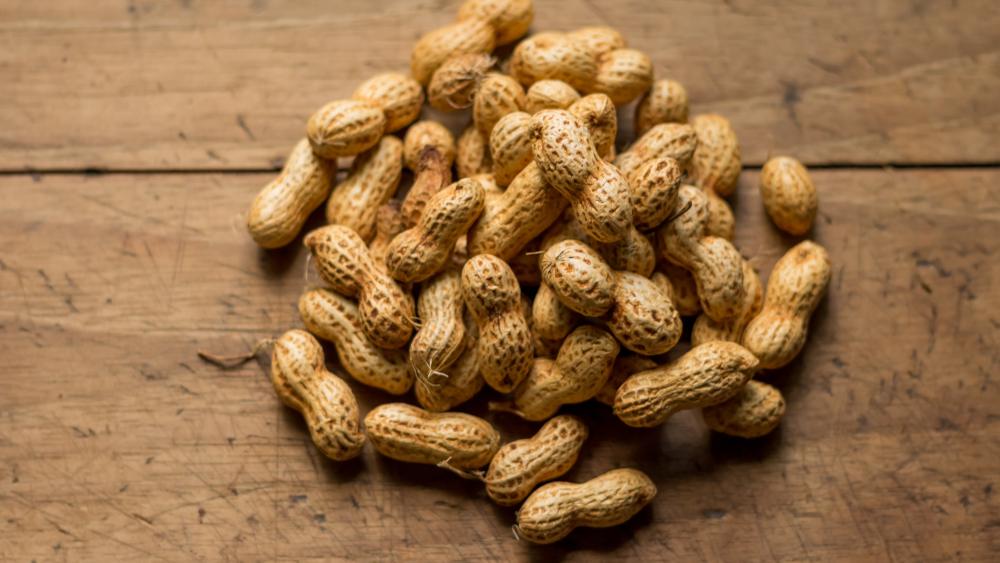UNIVERSITY PARK, Pa. — Adding a daily ounce of peanuts or a teaspoon of herbs and spices to your diet may affect the composition of gut bacteria, an indicator of overall health, according to new Penn State research. In two separate studies, nutritional scientists studied the effects of small changes to the average American diet and found improvements in the gut microbiome.
The human gut microbiome is a collection of trillions of microorganisms that live within the intestinal tract. The bacteria there can affect nearly every system in the body, including metabolism and building and maintaining the immune system.
“Research has shown that people who have a lot of different microbes have better health and a better diet than those who don’t have a lot of bacterial diversity,” he said. Penny M. Kris-EthertonProfessor of Nutritional Sciences at Evan Pugh University, Penn State.
For the peanut study, which was published in the journal Clinical Nutrition, Kris-Etherton and her colleagues compared the effects of eating 28 grams (about 1 ounce) of peanuts per day with a higher-carbohydrate snack: crackers and cheese. At the end of the six weeks, the participants who ate the peanut snack showed increased abundances of Ruminococcaceae, a group of bacteria linked to healthy liver metabolism and immune function.
In the herbs and spices study, which was published in The Journal of Nutrition, scientists looked at the impact of adding blends of herbs and spices, such as cinnamon, ginger, cumin, turmeric, rosemary, oregano, basil, and thyme, to diets. controlled trials of participants at risk of cardiovascular disease. The team looked at three doses: about 1/8 teaspoon per day, just over 3/4 teaspoon per day, and about 1 1/2 teaspoons per day. At the end of the four weeks, the participants showed an increase in the diversity of gut bacteria, including an increase in Ruminococcaceae, especially with the medium and high doses of herbs and spices.
“It’s such a simple thing that people can do,” Kris-Etherton said. “The average American diet is far from ideal, so I think everyone could benefit from adding herbs and spices. It’s also a way to lower the sodium in your diet but flavor your food in a way that makes it palatable and actually delicious! Taste is really a primary criteria for why people choose the foods they do.”
In both studies, the increase in Ruminococcaceae and bacterial diversity was seen as a positive, as scientists continue to learn more about the connection between gut microbiota and a spectrum of health factors, from blood pressure to weight. However, Kris-Etherton is quick to point out that more research is needed to understand the full implications.
She said: “We need a lot more research on the microbiome to see where its proper place is in terms of general health.”
Other authors in the articles are the following:
Peanut study: Philip A. Sapp, Penn State Department of Nutritional Sciences; Elke A. Arnesen, Jeremy R. Chen See, and Regina Lamendella, Juniata College Department of Biology and Wright Labs; and Kristina S. Petersen, Penn State Department of Nutritional Sciences and Texas Tech University Department of Nutritional Sciences.
The work was supported by the Peanut Institute and the Penn State Institute for Clinical and Translational Research. This research was also supported by a grant to Juniata College from the Howard Hughes Medical Institute through the Pre-College and Undergraduate Science Education Program, as well as by the National Science Foundation.
study of herbs and spices: Kristina S. Peterson, Penn State Department of Nutritional Sciences and Texas Tech University Department of Nutritional Sciences; Samantha Anderson, Jeremy R. Chen See, Jillian Leister, and Regina Lamendella, Juniata College Department of Biology and Wright Labs.
This study was funded by the McCormick Institute of Science. In addition, the study was supported by the National Center for the Advancement of Translational Sciences, NIH. The study also received support for computational resources from the Howard Hughes Medical Institute through the Pre-College and Undergraduate Science Education Program, as well as from the National Science Foundation.
